Successfully eliminating many substances that seriously affect the ozone layer, such as: CFCs, halons and CTCs; controlling the import and export of Methyl Bromide and implementing the phase-out of HCFCs... These are Vietnam's outstanding results in protecting the ozone layer.
Support businesses in technology transformationThe ozone layer blocks 97-99% of the sun's ultraviolet rays from reaching the Earth, filtering out harmful ultraviolet rays that can damage vegetation and cause cancer and cataracts in humans. A 1% depletion of the ozone layer will lead to an increase in ultraviolet rays in the troposphere of about 2%.
According to a study, the ozone layer has been recovering at a rate of 1-3% per decade since 2000. At this rate, the ozone layer in the Northern Hemisphere will be fully restored by 2030. By 2050, the ozone layer in the Southern Hemisphere and by 2060 in the southern polar regions will be fully restored.
Vietnam is one of the early countries to join the Vienna Convention for the Protection of the Ozone Layer and the Montreal Protocol. As of January 1, 2010, Vietnam has completely eliminated three substances, namely CFC, Halon and CTC, gradually eliminated HCFC substances and currently, only methyl bromide is used in plant quarantine.
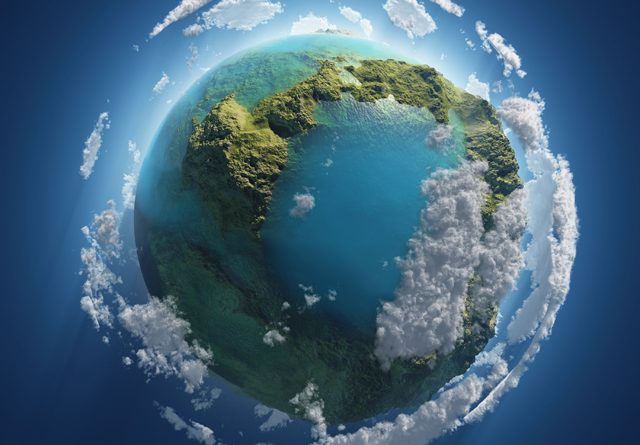
Vietnam has completely eliminated some ozone-depleting substances (HCFCs). (Illustration photo, source: Environmental Economics Electronic Magazine)
According to Director of the Department of Climate Change Tang The Cuong, Vietnam is implementing phase 2 (2018-2023) to eliminate HCFCs in household air conditioners, cold storage freezing systems, insulation foam production, central air conditioning, solvents in the production of cosmetics and medical devices, and fire extinguishing agents. Since November 2022, the Department of Climate Change has successfully supported 2 businesses to switch to environmentally friendly R32 technology since November 2022.
In the field of refrigeration equipment manufacturing, the Department has supported an enterprise to complete the technology conversion to NH3, eliminating the consumption of HCFCs in production. In addition, an enterprise is implementing the technology conversion to eliminate HCFCs in production.
In the field of foam production, one enterprise has completed the conversion to environmentally friendly technology, one enterprise has completed the installation and started production according to alternative technology from October 2022, and three enterprises are implementing the conversion to HCFC elimination technology.
According to the Department of Climate Change, there needs to be stronger coordination among state management agencies, associations, organizations, industries, businesses, and people in joining hands to protect the ozone layer to protect the results achieved in healing the ozone layer and responding to climate change.
Vietnam will phase out HFCs from 2024
Currently, Vietnam is facing an increasing trend of using greenhouse gases with high global warming potential - hydrofluorocarbons (HFCs), which are used to replace HCFCs - ozone-depleting substances in the production of refrigeration equipment, car air conditioners, fire extinguishing equipment...
According to the Department of Climate Change - Ministry of Natural Resources and Environment , HFCs are greenhouse gases used to replace HCFCs that are being phased out. Vietnam will begin implementing a roadmap to phase out HFCs from 2024, with the goal of not increasing HFC consumption in the 2024-2028 period at baseline. Consumption will gradually decrease by 10% in the 2029-2034 period, 30% in the 2035-2039 period, 50% in the 2040-2044 period and 80% in the baseline from 2045.
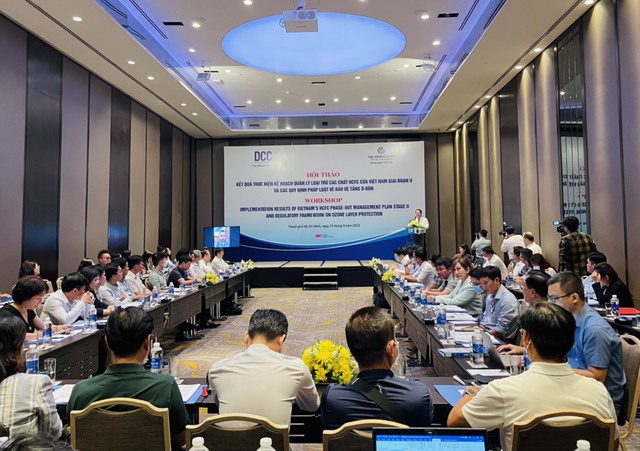
Workshop on the results of implementing Vietnam's HCFC phase II management plan and legal regulations on ozone layer protection (Photo: Government e-newspaper).
These issues have been included in the provisions of the Law on Environmental Protection 2020 and related documents. This is also the content that Vietnam committed to when participating in the Montreal Protocol on Substances that Deplete the Ozone Layer.
Mr. Ashraf El-Arini, Project Manager of Vietnam HCFC Phase-II Management Plan, World Bank, commented that the roadmap towards compliance with HFC phase-out targets for the period 2024-2045 will help Vietnam avoid emissions of 10,974 million tons of CO2eq/year by 2045 and contribute to national climate targets. Efforts to manage HFC consumption also promote low-carbon development actions.
In 2021, the Secretariat of the International Ozone Convention has chosen the message of the International Day for the Preservation of the Ozone Layer as “Montreal Protocol - Keeping us, our food and vaccines cool”.In December 1994, the United Nations General Assembly passed Resolution 49/114, designating September 16 as the International Day for the Preservation of the Ozone Layer. Every year, all member countries participating in the Montreal Protocol organize solemn commemorative activities. Vietnam is a member country that has participated in the event for many years and has responded positively and effectively.
International Day for the Preservation of the Ozone Layer is an opportunity for countries around the world to raise awareness and take practical actions to protect the ozone layer, preserve the living environment of humanity for sustainable development.
Thuy Trang


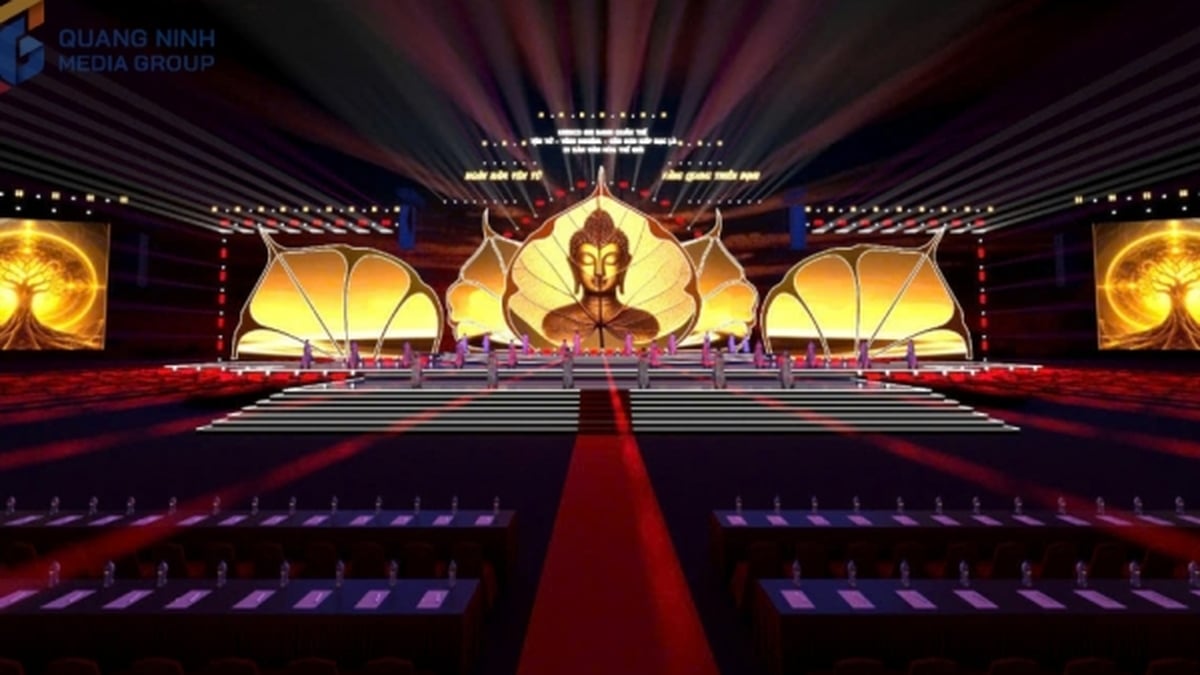
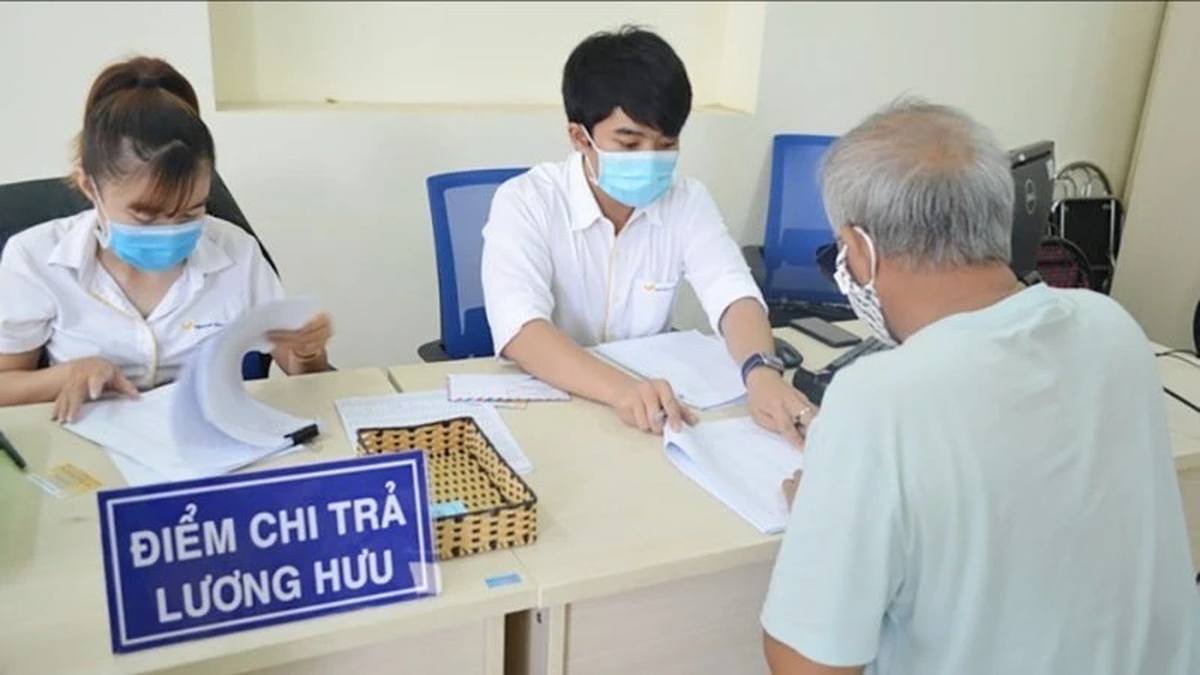



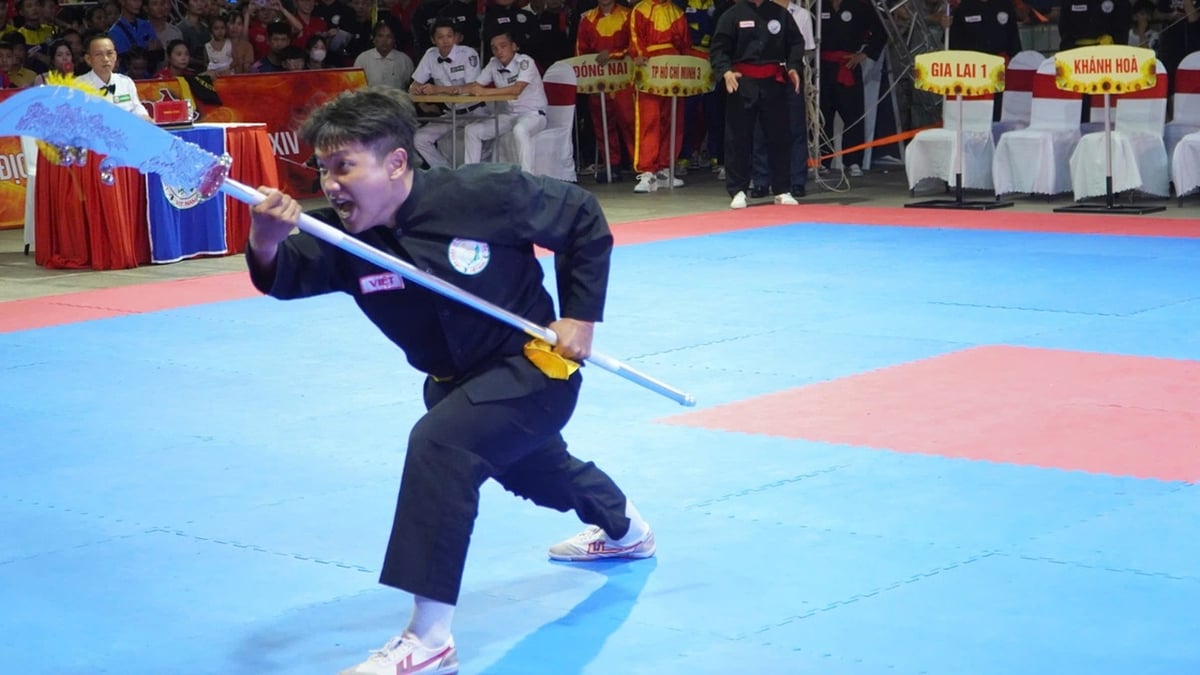
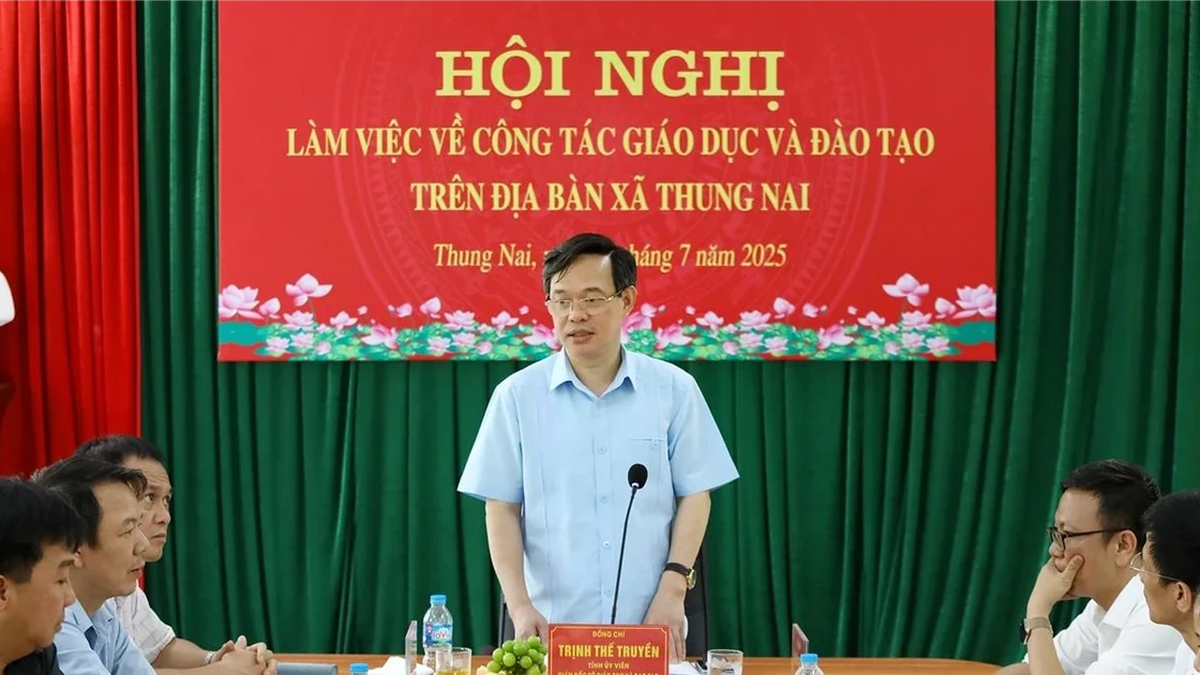

















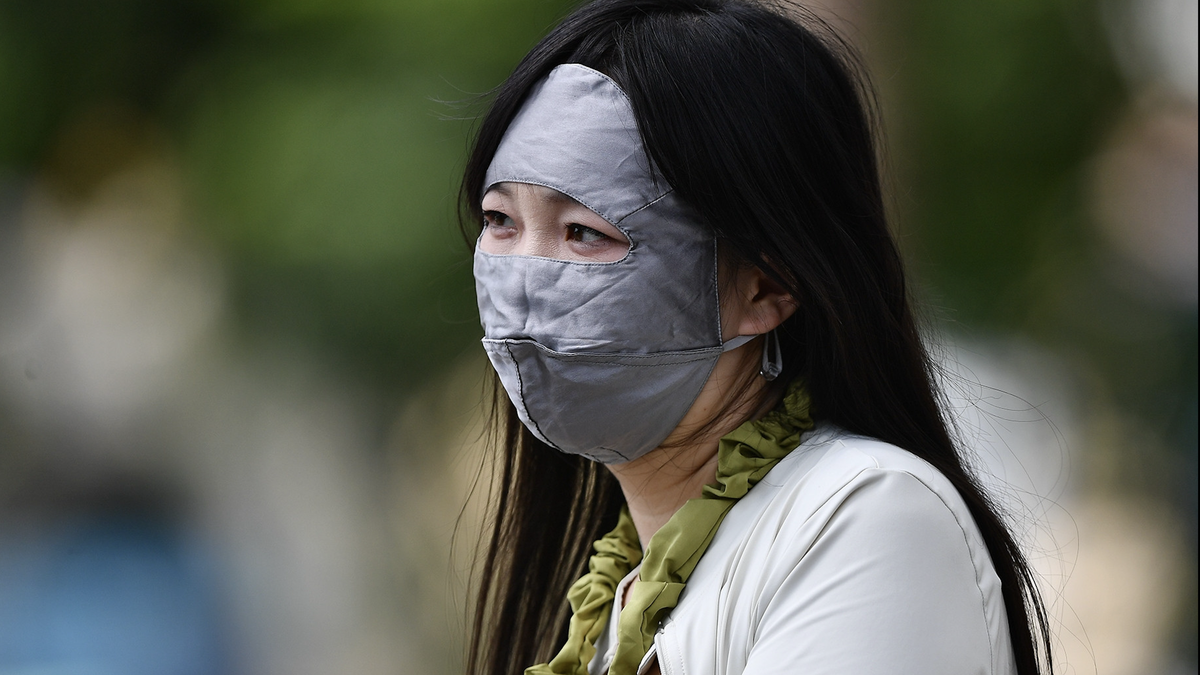




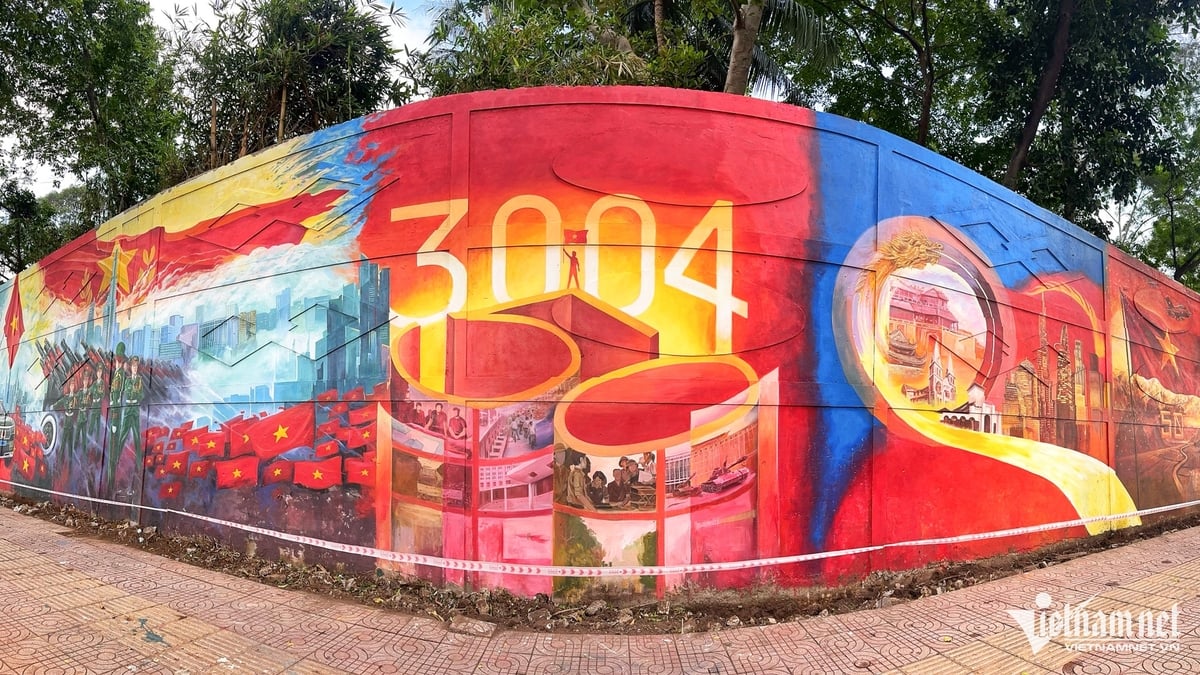






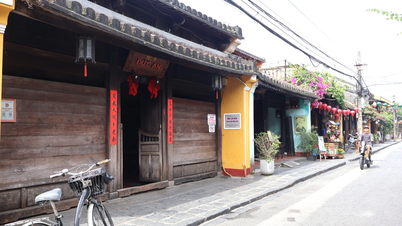

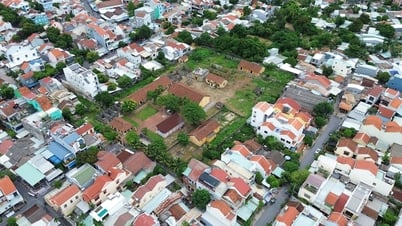

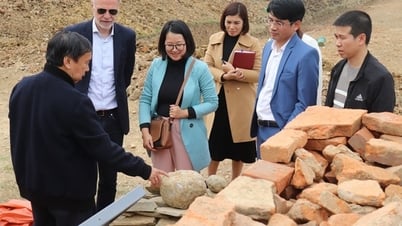












![[Maritime News] Two Evergreen ships in a row: More than 50 containers fell into the sea](https://vphoto.vietnam.vn/thumb/402x226/vietnam/resource/IMAGE/2025/8/4/7c4aab5ced9d4b0e893092ffc2be8327)

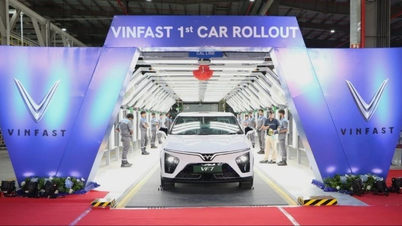



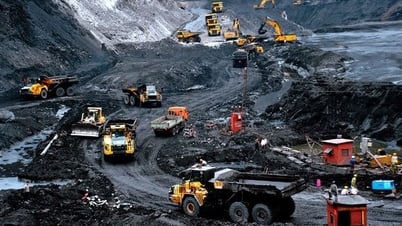


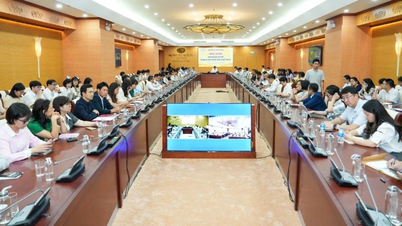

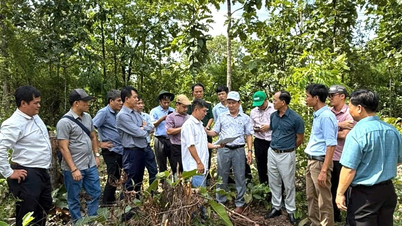

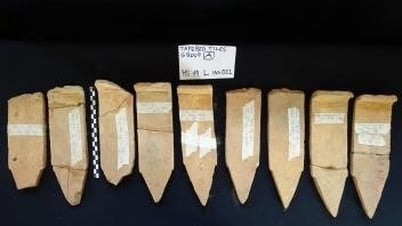
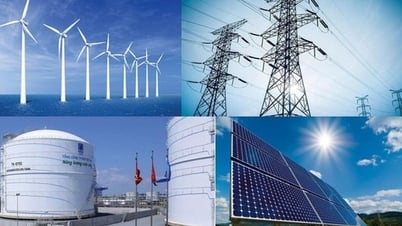
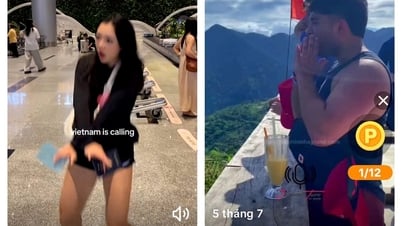


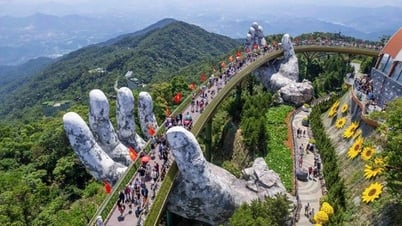


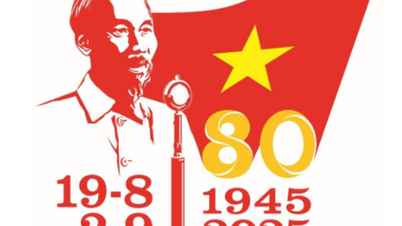

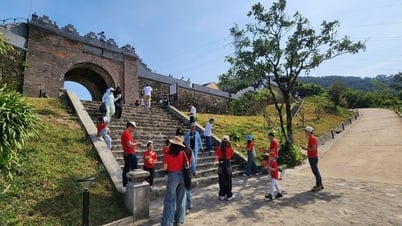

















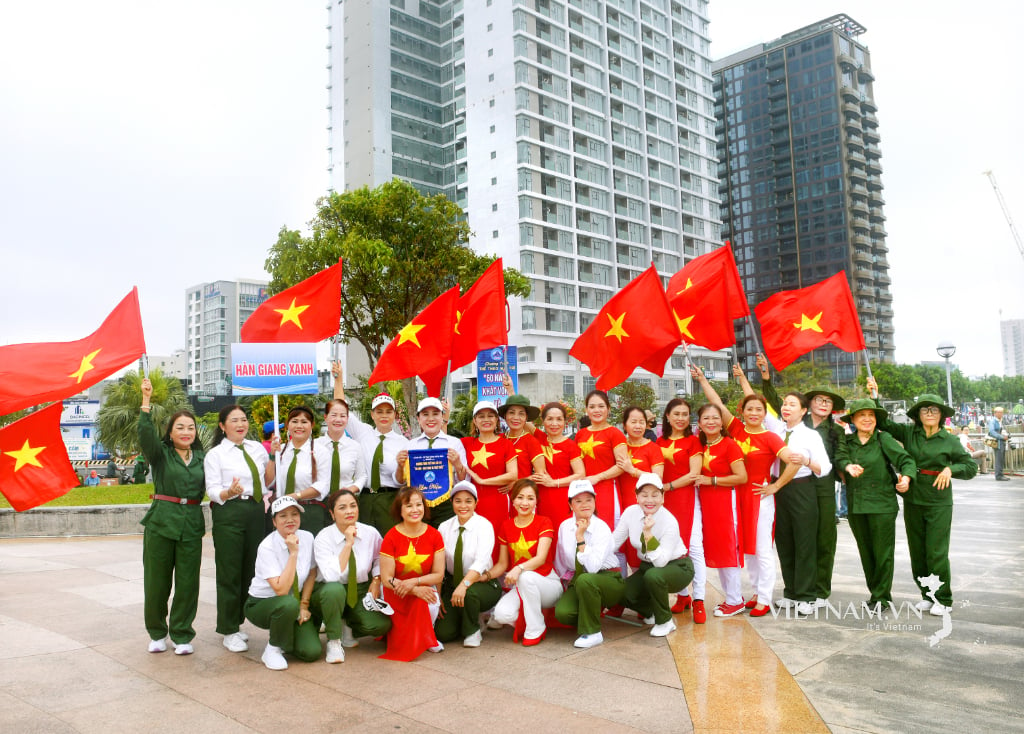

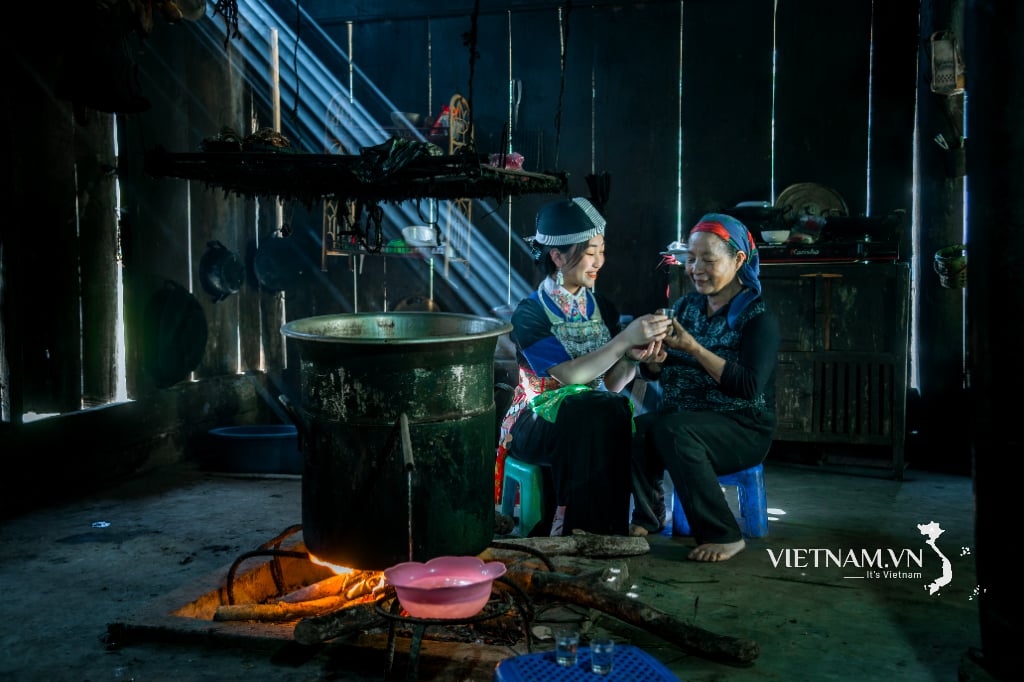
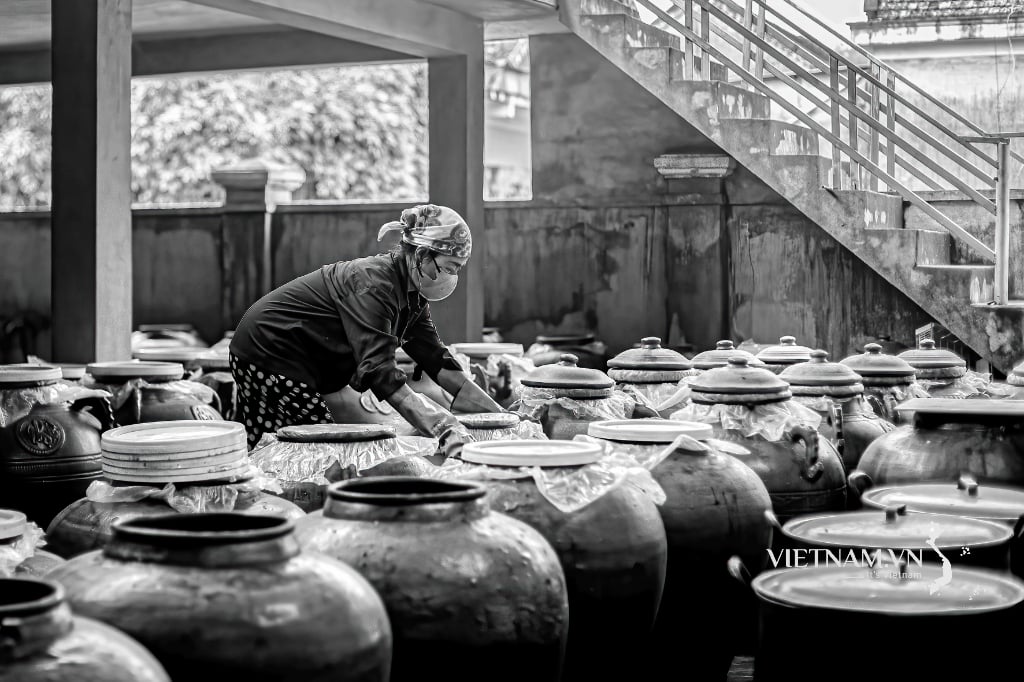
Comment (0)